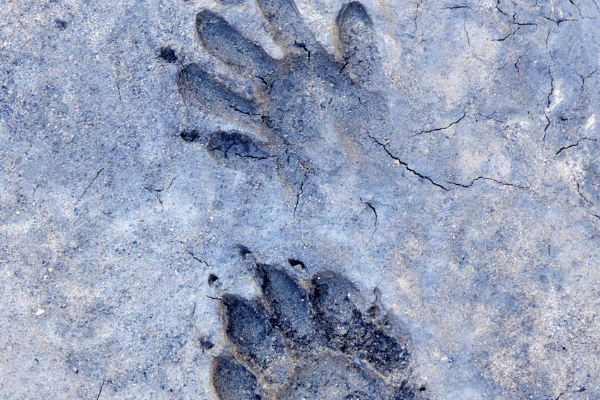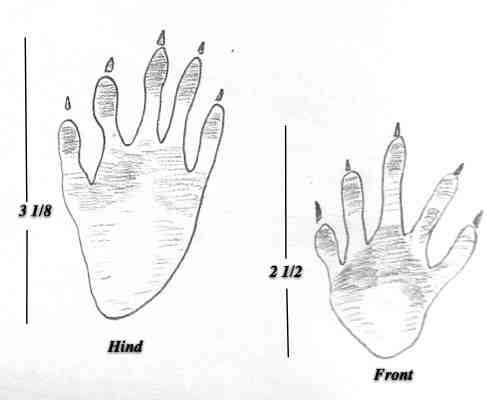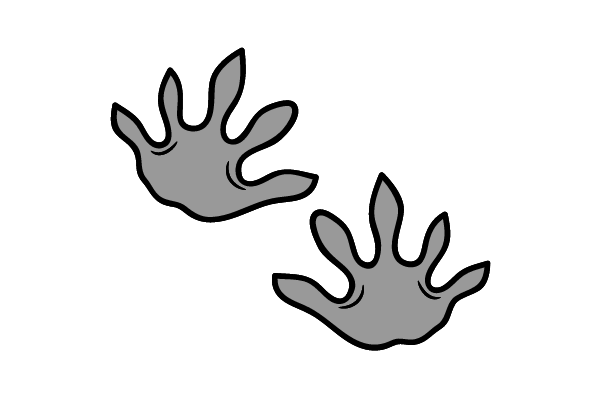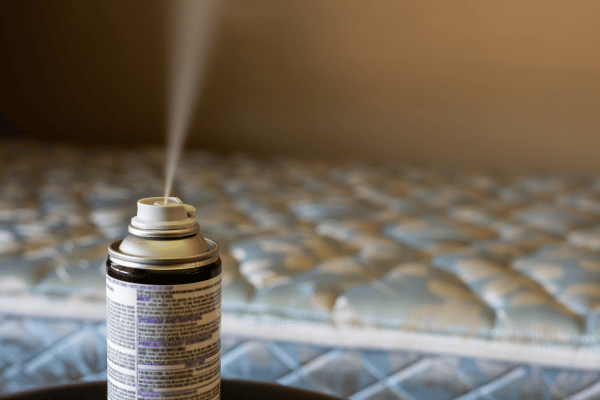- Home
- Raccoon Trapping
- Raccoon Tracks
Raccoon Tracks
This post may contain affiliate links so I earn a commission.
Raccoon tracks are very distinctive and easy to identify.
In fact, once you know what to look for you can easily identify a track in a matter of seconds.
Why are the tracks so easy to recognize?
There's a couple of reasons, first the tracks have a hand like appearance with five toes.
These five toes leave behind a distinctive hand-shaped track that seem to resemble fingers with noticeable claw marks on the ends.

The front tracks have longer toes and they are more spread apart.
The rear tracks have shorter toes but have a larger heal and pad impression, kind of like your hand compared to your foot.
Their tracks are asymmetrical and the innermost toe is the smallest and sets back towards the rear of the foot…..kind of like our thumbs.
This allows you to identify the difference between left and right tracks.
Second, their walking pattern or gait is unique and easy to spot.
Their tracks are usually paired with the left hind foot placed next to the raccoons right forefoot as the animal walks along.

The front tracks of a raccoon measure about 1 3/4 - 3 1/8 inches long and 1 1/2 - 3 1/4 inches wide.
Rear tracks are about 2 1/8 - 3 7/8 inches long and 1 1/2 - 2 5/8 inches wide.
Raccoon Scat
Raccoons are omnivorous and eat a wide variety of food.
Since their diet is so diverse, their scat is often diverse as well.
The scat location will help with identification.
Look for deposits at the base or crotches of large trees, or on large logs and stumps that are near a water source.
The color of the raccoon scat can range from dark to light and you can typically see leftover seeds, shells or berries inside.
It's important to use caution around raccoon scat because it could contain parasitic roundworms which are harmful to humans if they're inhaled.
Raccoon Tracks vs Opossum Tracks
Since raccoons and opossum usually live in the same area, it's not uncommon to confuse the two if you don't look closely.
This is especially helpful if you have a nuisance animal getting into your garbage at night.
Learning how to identify the track will help you trap the animal if you need to get rid of them.
Opossum tracks have 5 toes and the rear footprint somewhat resembles the footprint of an infant child.
They have opposable inner toes, so they look like a human thumb.
 Opossum Tracks
Opossum TracksThe easiest way I've found to tell the difference between raccoon tracks and opossum tracks is to look at how the toes are spread apart.
Opossum tracks have toes that are very spread apart, similar to if you took your hand and spread your fingers apart as far as you could.
Raccoons on the other hand have toes that are spaced closer together, similar to if you took your hand and only slightly separated your fingers.
Also, if the ground is soft enough you can usually see marks from the opossum's tail dragging in the sand or snow in the middle of the tracks.
Overall - Raccoon Tracks
Raccoon tracks are usually left behind in soft soils like sand or mud which are adjacent to a pond or stream.
If raccoons are raising havoc in your yard or around your garbage can, chances are the soil or grass will not be soft enough to identify a track.
One possible solution for hard soil is to sprinkle a light dusting of flour around your garbage can or problem area.
If it's not windy or raining you will be able to see the tracks left behind in the flour.
These distinct and easy to identify tracts are one of the best ways to locate and identify a raccoon.



